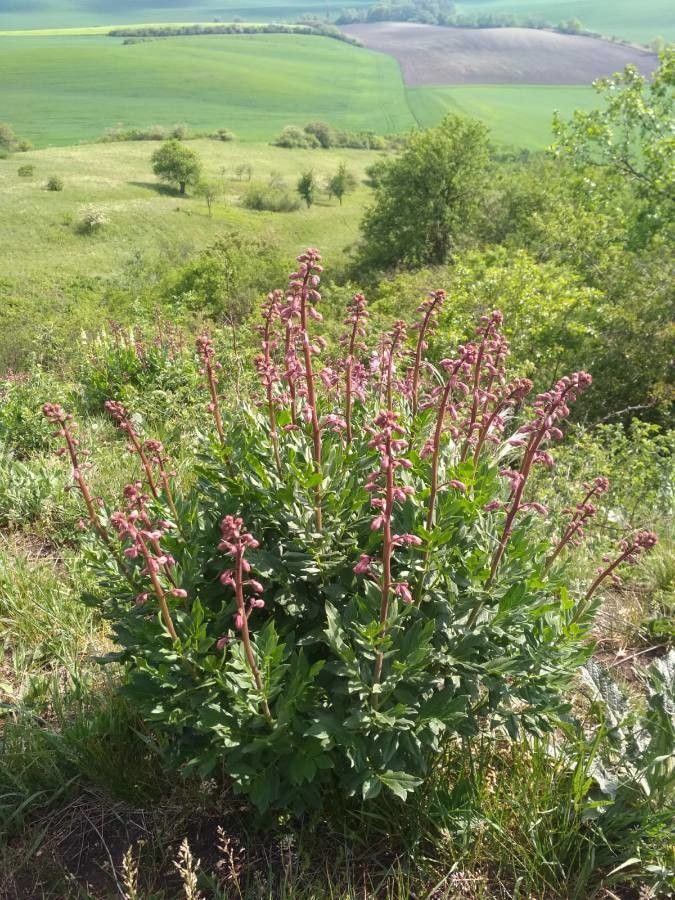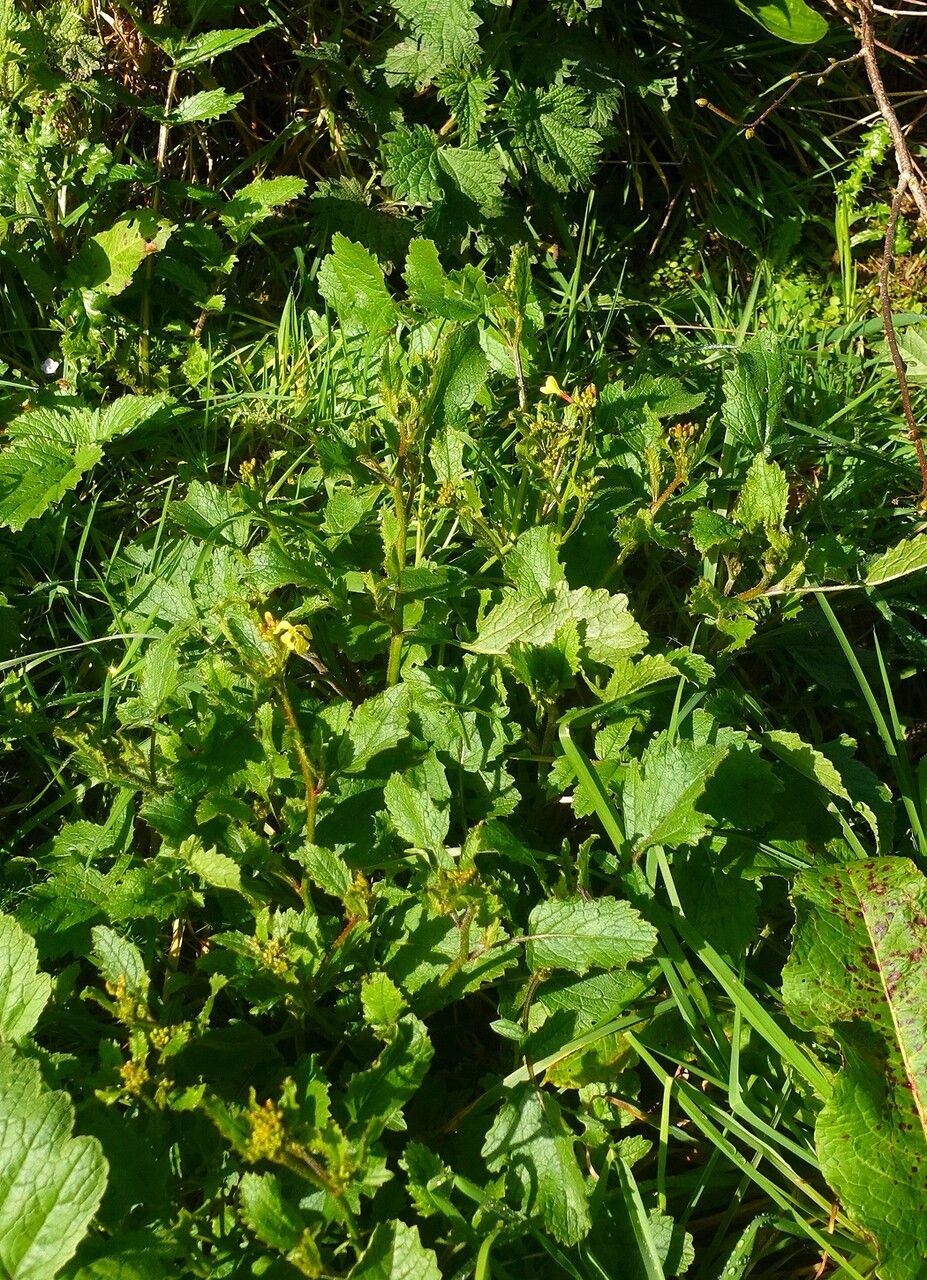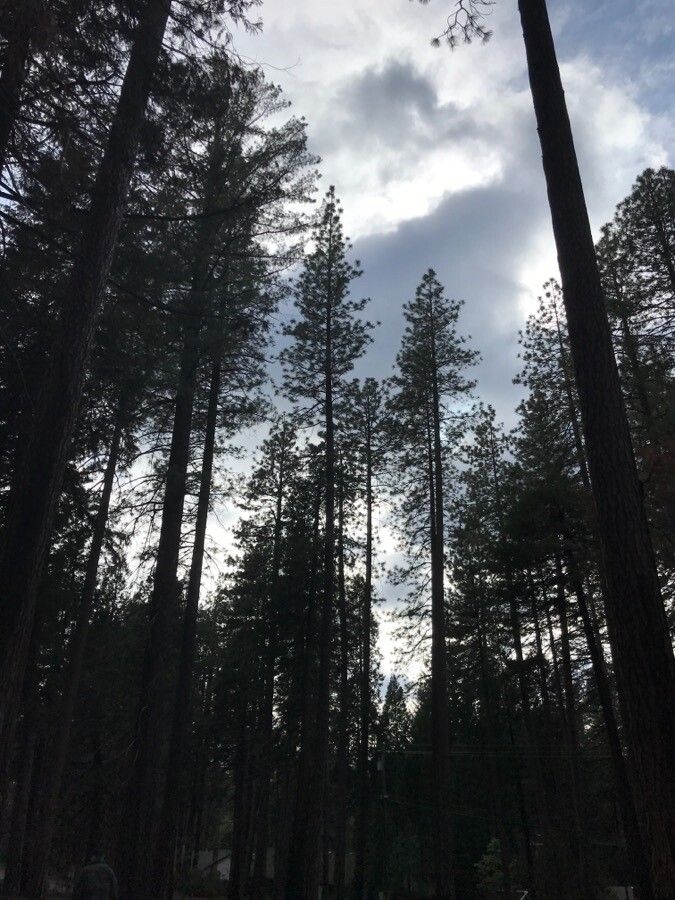## Burning Bush: A Blaze of Autumn Glory
The Burning Bush, scientifically known as *Euonymus alatus*, is a deciduous shrub renowned for its spectacular autumnal display. Its leaves transform into vibrant shades of red, orange, and crimson, making it a standout feature in any landscape. Belonging to the Rutaceae family, this striking plant is a popular choice for gardeners seeking a burst of color during the fall months.
### Habitat and Growth
Native to eastern Asia, the Burning Bush thrives in a variety of conditions, making it relatively adaptable. It's a hardy plant that can tolerate a range of soil types, though it prefers well-drained soil. While it can reach heights of up to 10 feet, its growth rate is moderate, allowing for easy management and shaping.
### Sun Exposure and Soil Needs
Burning Bush thrives in full sun to partial shade. Six hours of direct sunlight are ideal, but it can tolerate some shade, especially in hotter climates. The soil should be well-drained; heavy clay soils should be amended with organic matter to improve drainage. It's relatively tolerant of different soil pH levels but prefers slightly acidic to neutral conditions.
### Planting and Care
Planting a Burning Bush is relatively straightforward. Dig a hole twice as wide as the root ball and just as deep. Gently remove the plant from its container, loosen any circling roots, and place it in the hole. Backfill with soil, ensuring the top of the root ball is level with the ground. Water thoroughly after planting.
Regular watering is essential, especially during dry spells, particularly for newly planted shrubs. Once established, they are more drought-tolerant. Fertilizing isn't typically necessary, but a light application of a balanced fertilizer in early spring can promote healthy growth. Pruning is generally minimal and can be done in late winter or early spring to remove dead or damaged branches and maintain shape.
### Identifying Burning Bush
The Burning Bush is easily recognizable by its distinctive corky, winged stems. These winged stems are a key identifying characteristic that sets it apart from other shrubs. The leaves are small, ovate, and oppositely arranged on the stems. In spring, it produces small, inconspicuous flowers, followed by pink, four-lobed fruits that contain orange seeds.
### Potential Issues
While relatively low-maintenance, Burning Bush can be susceptible to certain pests and diseases. Aphids and scale insects can occasionally be a problem. Proper watering and good air circulation can help prevent these issues. In some regions, it has been considered invasive due to its ability to spread aggressively, so always check with local authorities before planting.
### Burning Bush in Landscaping
The Burning Bush’s vibrant fall color makes it a stunning addition to any landscape. It can be used as a specimen plant, a hedge, or part of a mixed border. Its versatility allows it to thrive in various garden settings, adding a touch of fiery beauty to your outdoor space. Remember to consider its mature size and potential invasiveness when planning your planting design.
Burning Bush: Planting, Care & Identification Guide

Frequently Asked Questions
How to care for a burning bush?
Burning bushes are relatively low-maintenance. Provide consistent watering, especially when young. Minimal pruning is needed; remove dead branches in late winter/early spring. Fertilizing isn't usually required.
What type of soil does a burning bush need?
Burning bushes prefer well-drained soil. They tolerate a range of soil types but may struggle in heavy clay. Amend heavy clay soils with organic matter to improve drainage.


